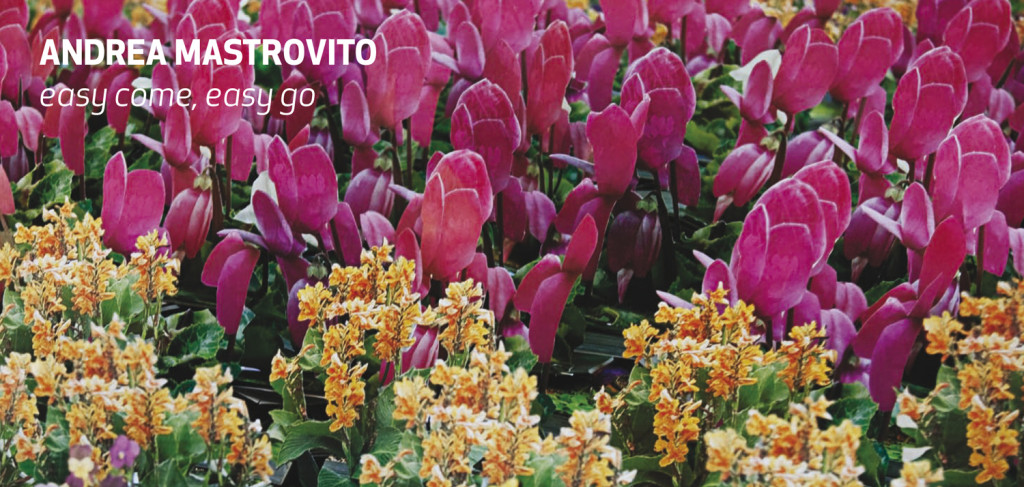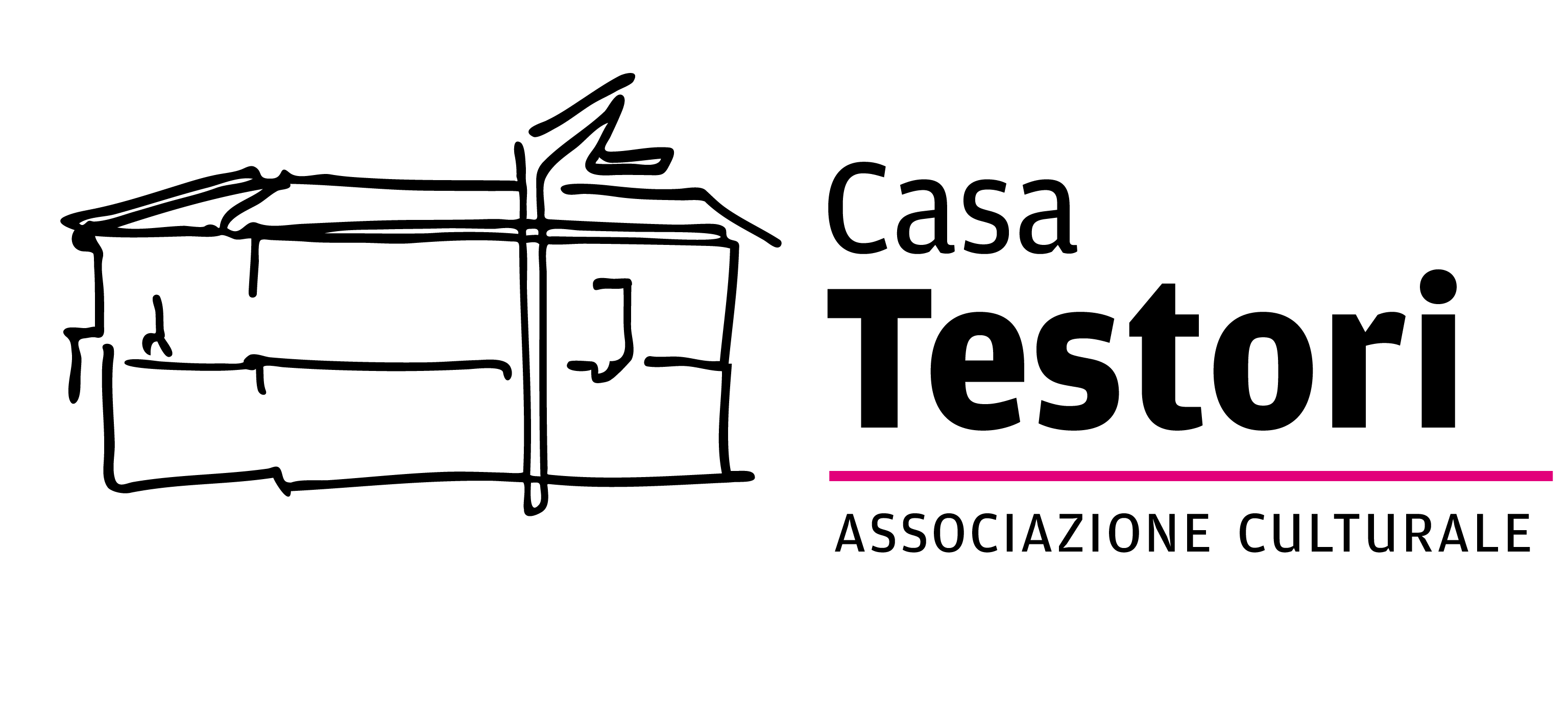EASY COME, EASY GO
Andrea Mastrovito
Curated by Julia Draganovic
Casa Testori
1 April – 8 May 2011

EASY COME, EASY GO. I.E., COVER TO UNCOVER
Julia Draganovic
Deep in his soul Andrea Mastrovito is and remains a draftsman. He has immense faith in the simple gesture of drawing a line, and in fact he fills with lines not only the usual pieces of paper. Brandishing any tool capable of producing signs, Andrea becomes a creator. Pencil, pen and marker were almost just a modest beginning; by now Andrea has also become a virtuoso with scissors and cutters, with which he incises lines in paper, cardboard, layers of paint, the plaster of old buildings, even bricks. In other cases rather than penetrating surfaces Andrea makes the lines emerge from the Atlas of Flatland, cutting out and vertically bending silhouettes of all kinds from photography books to create pop-up landscapes. He stretches colored ribbons along zigzag paths through entire rooms, attaching them to walls, ceilings and floors, filling exhibition spaces with his spatial designs to the point of making them impervious to entry. And as if that did not suffice, he teaches his drawings to move by means of video animations, making them cross not only space but also time.
Andrea Mastrovito has a boundless faith in this simple gesture, as demonstrated not only by the thousands of ways he draws, but also by the themes he addresses. His cycle of drawings entitled Manual for Young Artists is the best example.
[…]
Almost every drawing in this cycle has guided the artist in the development of other works, repeating the same little story narrated with pencil on paper in a different language. Mastrovito is a master of variations – and the Manual for Young Artists, in hindsight, has turned out to be an unflagging source of numberless leitmotivs for the – at this point – no longer young artist.
[…]
Not just due to this passion for books, the house of Giovanni Testori represents a perfect setting for the work of Mastrovito. As Andrea points out, the owner of the house was born on the same day he was, but 55 years earlier. Mastrovito has embraced the opportunity to be a guest in this house, to establish a very intimate dialogue with Testori, who in some ways has turned out to be a kindred soul.
ITS OWN REASONS FOR EXPRESSION
Davide Dall’Ombra
This exhibition marks a decisive point in the activity of Andrea Mastrovito, who at the age of 32 has been called upon to create an anthological exhibition in which to present the complexity of his work and test his expressive means in 16 site-specific interventions, created in the encounter with a place so rich in history and fertile with life.
When I was twenty years old, reading the extraordinary introduction to Giovanni Testori’s essay on Martino Spanzotti (1958), and realising how old the author was at the time it was written, 35, I smiled at the consideration that this was the time when “youth is also fading away”, but, above all, that the time had already come to take stock of his work, driven by “the need to turn critical studies towards the clarification of his own expressive reasons”. Ignoring the warning of one of my mentors, I dismissed the misunderstanding by attributing the singularity of perspective to Testori’s genius and the precocity of his critical debut (17 years old). I contented myself – this time with good reason – with agreeing that “the tumults of adolescence had passed, in which many things attracted me without giving me, I won’t say peace of mind, which is perhaps an impossible good, but not even the painful peace of conscience that comes from accepting reality”. Now that I have reached 35, I naturally have fewer talents and expressive achievements behind me, yet the need to “clarify” the roots of one’s actions is the same.
This is why I think it is well worth Casa Testori’s effort to give Mastrovito the opportunity to take stock of his artistic activity […].
But, unexpectedly, taking stock meant that Mastrovito launched himself into a close confrontation with the history of this place, allowing himself to be contaminated in a natural and inescapable way by the human and artistic life of Giovanni Testori. And thanks to this freedom, which has come to terms with his own and other people’s history, this exhibition has come into being: an animal and delicate hymn to the need for life, meaning, love and beauty, which belongs to all of us.
THE EXHIBITION
Andrea Mastrovito, born in Bergamo in 1978, was the artist most voted for by the public and in the same rooms that consecrated him, he proposed an exceptional anthological exhibition. Mastrovito is an international artist who lives between Bergamo and New York and has had numerous exhibitions in Italy, Europe and the United States. Thanks in part to his extraordinary ability in drawing and in using and transforming the most diverse materials, he has created installation and multimedia works that have fascinated visitors from both continents: from the Museum of Art and Design in New York to the Fondazione Sandretto Re Rebaudengo in Turin, the Museo Pecci in Prato and the MAXXI in Rome.
At Casa Testori Mastrovito created his most ambitious solo exhibition, invading the 20 rooms of the house with drawings, collages, video animations, installations and site-specific interventions on the walls and rooms of the house. The title, Easy come, easy go is a verse from Bohemian Rhapsody, the famous Queen song featured in one of the rooms, as well as in the last months of Giovanni Testori’s life; the verse, which can also be translated as “I get carried away, I’m lazy” was chosen by the artist as an expression of youth in general, of his own character and of the artist’s condition at Casa Testori, called to come to terms with a magical place full of history.
Mastrovito on the ground floor showed the public for the first time the hidden roots of his work in an unprecedented collection of 26 pencil self-portraits. Each room was reserved for a discovery, and, thanks to the famous installations of cut-out books, a flowerbed bloomed in the fireplace room, a virtual library of photocopies was installed in the Testori library while the dramatic video installation Johnny filled the large hall of the house with emotion.
Many interventions were made specifically for the occasion and, on the first floor, thanks to engravings on the wall drawing the human figure through the layers of plaster and paint accumulated in the 100 years of the house’s life, Mastrovito brought the history of this place to the surface.
